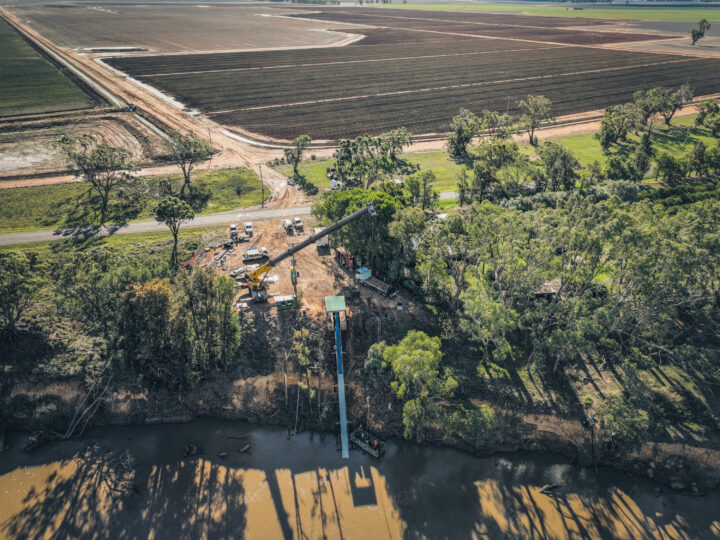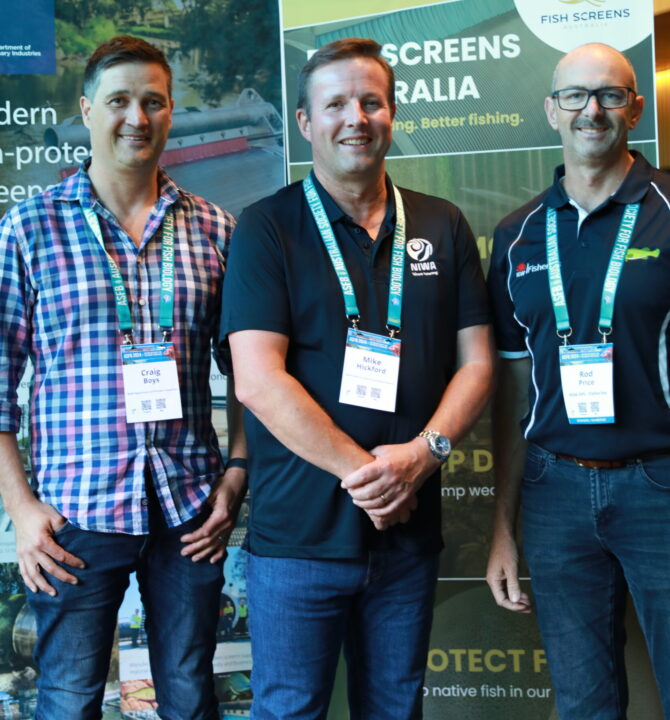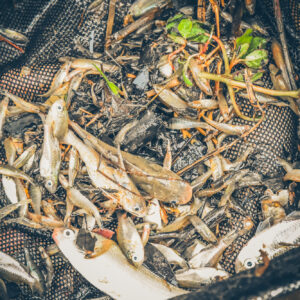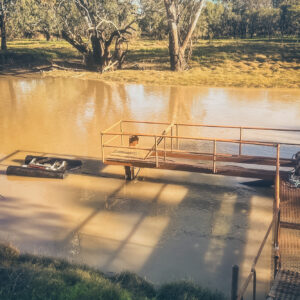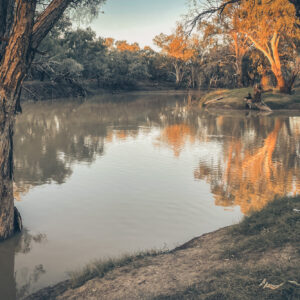Scaling Up Fish Protection: Lessons from New South Wales
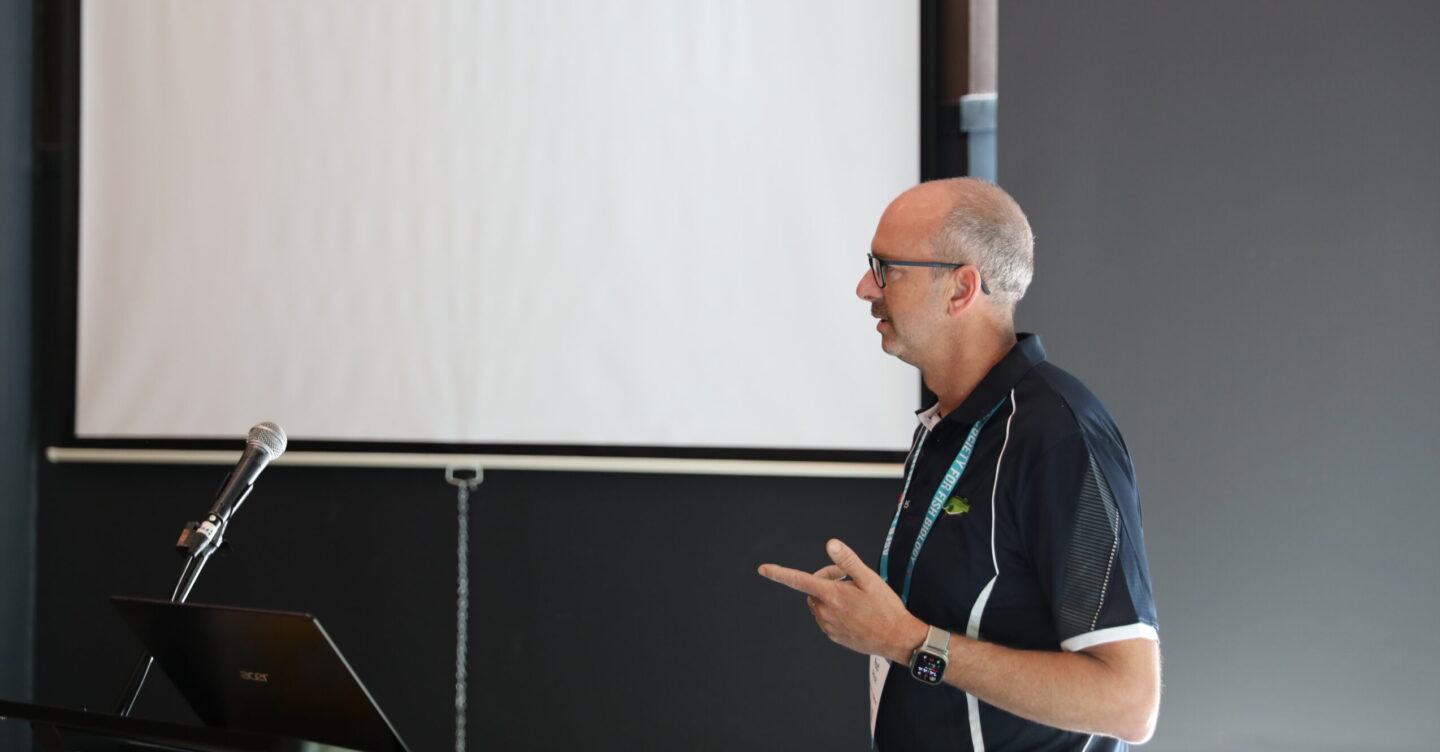
Rod Price’s talk at the 2024 Australia Fish Biology Society conference highlighted the remarkable progress in implementing fish screens across New South Wales.
His insights shed light on the importance of strategic planning, collaboration, and innovation in creating sustainable solutions that protect native fish populations while maintaining essential water use for agriculture.
From Research to Implementation
As Rod explained, the journey toward effective fish screening in NSW has been a story of persistence and learning. Early research laid the foundation, demonstrating the ecological benefits of screens in reducing fish mortality at water intakes. Today, this research is being translated into action with an ambitious screening program led by the NSW Department of Primary Industries.
Governments have “invested $40 million so far into screening through incentive-based programs that deliver ecological outcomes while helping water users install screens and create a community of champions,” Rod shared.
This approach has resulted in a growing network of screened sites. Between 2018 and 2024, 36 sites were equipped with modern screens, protecting over 820,000 native fish annually. By 2026, the number of sites is expected to increase to 48, safeguarding more than 1.7 million fish each year.
Building a Community of Champions
The success of NSW’s fish screening initiatives can be attributed in part to a focus on engaging stakeholders., the program has fostered a sense of ownership and collaboration By working closely with irrigators, engineers, and landholders. Early adopters, sometimes referred to as “screening champions,” have played a key role in demonstrating the effectiveness of fish screens and encouraging broader adoption.
“Our next stage is ‘crossing the chasm’ from the early adopters and innovators into the majority of water users who have been watching this with interest,” Rod noted.
Showcasing outcomes and leveraging these champions has helped build momentum and acceptance for the technology.
“Research has been critical to the implementation of our screening programs. This is the best example we’ve seen of research informing on-ground work.” – Rod Price
Overcoming Challenges
Implementing fish screens at scale is not without its hurdles. Rod highlighted several challenges, including:
- Ageing Infrastructure: Retrofitting old pumping systems often reveals degraded equipment that needs replacement before screens can be installed.
- Remote Locations: Many sites are difficult to access, increasing costs and logistical complexity.
- Weather Impacts: Flooding and heavy rains have delayed projects, requiring contingency planning.
- Supply Chain Issues:Delays in procuring specialised equipment, such as hydraulic pumps, have been exacerbated by global supply chain disruptions.
Despite these obstacles, innovation has been a cornerstone of the program’s success. For example, the introduction of drones has streamlined site assessments, providing high-resolution imagery and contour data that improve planning and reduce costs.
“We’re creating a community of champions to drive broader adoption across the industry.” – Rod Price
Lessons Learned
Rod emphasised the importance of continuous learning and adapting to real-world challenges. Key takeaways include:
- Communication is Key: Aligning screening approaches across jurisdictions and maintaining regular communication with stakeholders ensures consistency and cooperation.
- Tailored Solutions: Each site presents unique challenges, requiring bespoke designs and engineering solutions.
- Resilience: The ability to pivot and find alternatives when faced with unexpected issues has been critical to maintaining progress.
“Everything we’ve done so far we’re able to apply to other sites. It’s all about learning by doing.” – Rod Price
The Road Ahead
Looking forward, the NSW fish screening program aims to expand its reach and scale-up its impact. With additional funding, the number of native fish protected annually could exceed 3 million, further solidifying NSW’s position as a leader in sustainable water access.
“We’re showcasing outcomes and building toward a self-sustaining, long-term solution,” Rod said. “The potential across NSW is huge, and with continued support, we can achieve even greater results.”
“With an additional $38 million in funding, we could protect over 3 million native fish annually.” – Rod Price
